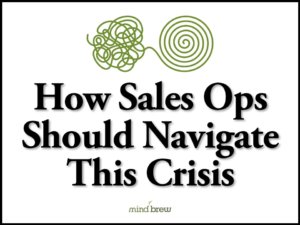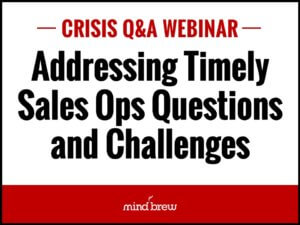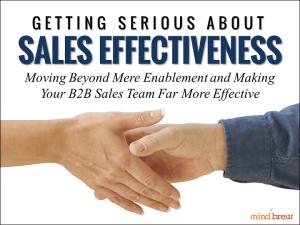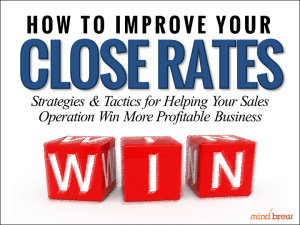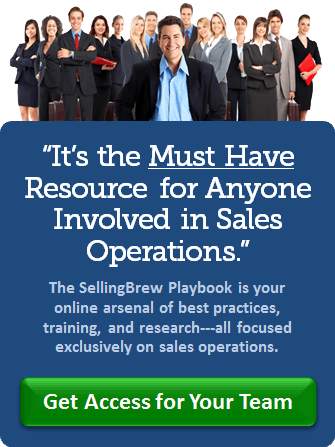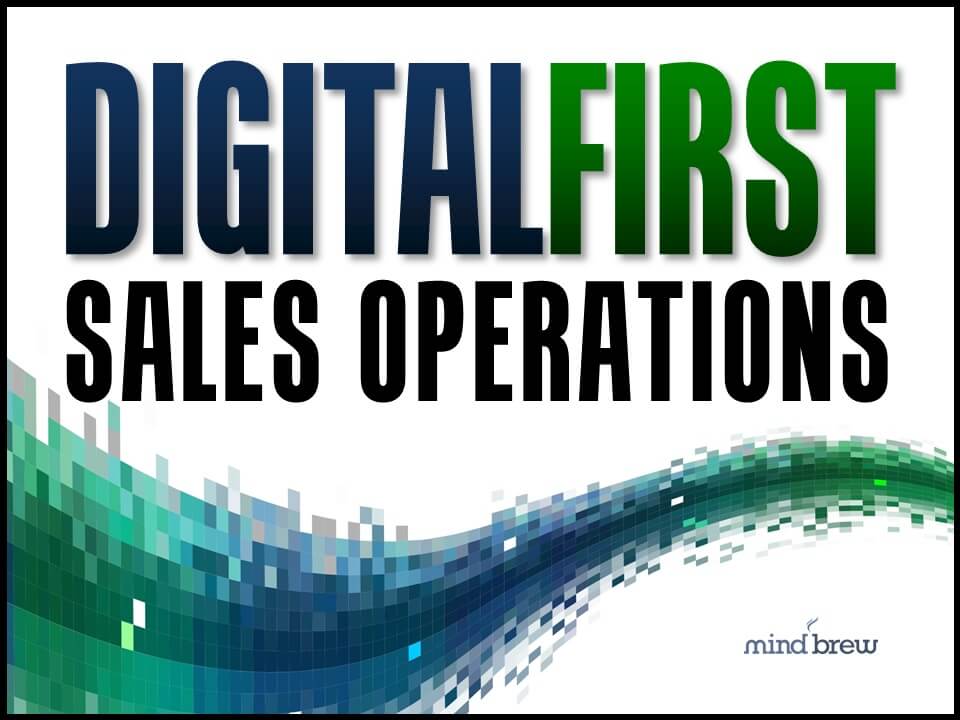Have you ever resisted eating something different and after finally trying it, discovered that you actually liked it and couldn’t get enough? Have you ever had to “settle” for doing something a totally different way than you’re used to, only to discover that the new way was actually better?
And have you heard of that company that was stuck in a bygone era, but never did a thing about it until they were on the verge of bankruptcy?
Such is the nature of change.
Human beings are biologically wired to resist change. Most businesses are deliberately designed to maximize consistency, minimize variation, and repel change. And while we can usually overcome our natural tendencies with smaller changes, bigger and more dramatic changes often require a major catalyst.
Given the current situation, I think we can check the box on the “major catalyst” part of the equation, don’t you?
In a recent report published by Alexander Group entitled, “A Watershed Moment,” principal consultant Matt Greenstein makes a bold claim:
“Revenue leaders have learned too much to return to the pre-March 2020 operating model. Even if they wanted to—buyers won’t allow it, sellers won’t want it and finance will prevent it. The new operating model is better aligned with buyer preferences. It offers a stronger employee value proposition and a more attractive, scalable cost structure.”
To support the point, Matt details a number of specific changes the current situation has forced upon sale operations, from how events are conducted and content is delivered to how customer interactions are facilitated and even how sales teams are organized and managed.
And along the way, Matt makes a very compelling case for why we can expect these changes to stick around for the long term…whether we like it or not.
When a “major catalyst” forces us to do things differently, it can be somewhat comforting to view the differences and changes as just being temporary. In many ways, it’s less disconcerting and disorienting to think that we’ll eventually go back to doing all the same things, in all the same ways, as we did before.
But here’s the thing…
Everyone involved has now been forced…for months…to dine on a giant sampler platter of new menu items. And in doing so, they’ve discovered that they actually like…and even prefer…these new items to the standard fare they were being fed just a few months ago.
So, we have to get past the “temporary” mindset. We have to rip off the duct tape we’ve put in place and get to work on better and more permanent solutions. And we have to acknowledge and embrace the new operating model that has emerged.
Because as Matt makes clear in the report, we’ve past the point of return and there’s just no going back.


